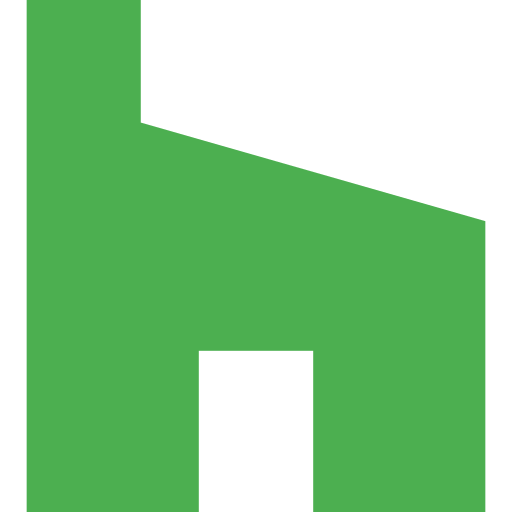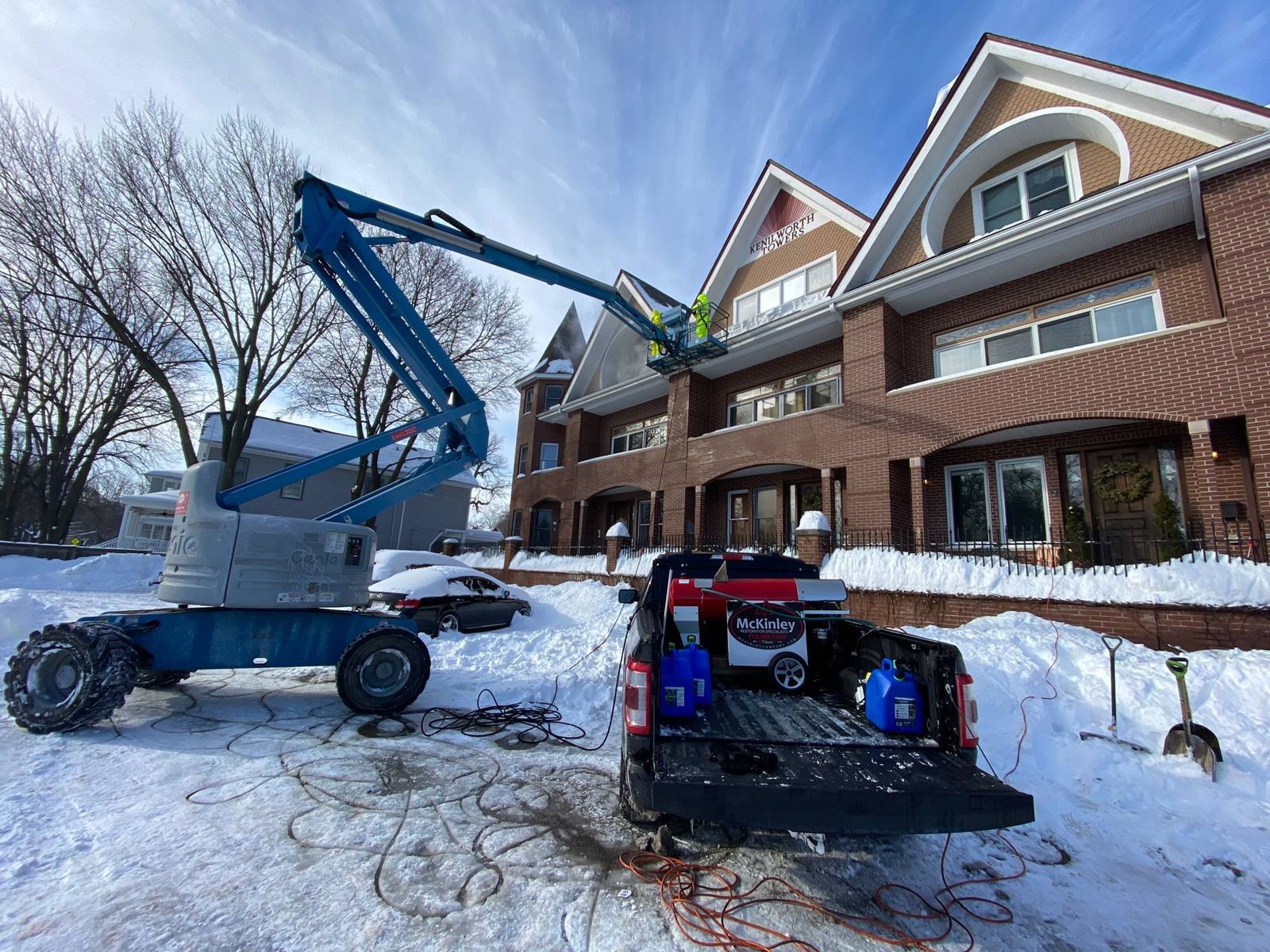Blog

Choosing the right homeowners insurance for your house can be tricky as there are many types available. Policies vary according to the type of homes and coverage required. There are eight different types of policies, which we will outline below. Not everyone has the inside knowledge of an insurance adjuster, therefore the below will help you to get a better understanding of the differences to enable you to make an informed decision when it comes to choosing the right cover.
HO-1 POLICY: BASIC HOMEOWNERS COVERAGE
Several insurance providers no longer offer this kind of insurance, which suggests that it is in decline. This type of insurance coverage amounted to only 1.62% of all active 2019 insurance policies, according to MoneyGeek. Under this HO-1 policy your house and personal property are insured at their actual cash value. In terms of property losses or damages, this policy only covers very specific risks. These include:
– Lighting or fire
– Hail or strong winds
– An explosion
– Civil riots or unrest
– Damage through aircraft related incidents
– Motorized vehicles
– Smoke damage
– Theft or burglary
– Acts of vandalism
– Damage resulting from falling objects
HO-2 POLICY: BROAD SPECTRUM INSURANCE COVERAGE
A broad-spectrum insurance policy, the HO-2, is an upgraded version of the HO-1. It offers similar coverage, but with extras. For instance, this policy includes an additional six specifically named risks that can cause property damage or losses. Furthermore, your home will be covered for the replacement cost, whereas personal property will remain covered at realistic cash value.
The additional covered risks are:
– Damage or losses caused by ice, snow, or sleet, including damage caused by the weight of aforesaid
– Accidental flooding through an overflow or natural stream or river
– Unexpected or accidental physical failure of built-in appliances, including cracking, burning, bulging, or rupturing
– Damage or losses due to freezing occurrences
– Unexpected or accidental damage or losses due to artificially produced electrical surges
– Volcano eruption
HO-3 POLICY: SPECIAL FORM HOMEOWNERS INSURANCE
According to Nerdwallet, this type of insurance is the most common policy chosen by single family homeowners and most public adjusters agree. The Nerdwallet study shows that HO-3 insurance accounts for 77.68% of coverages purchased in 2019. It covers the replacement value of your home, with personal property covered for their cash value. The majority of insurance companies will allow you to increase your personal property coverage to cover the replacement thereof.
The HO-3 policy will cover all risks for your home, and personal property is covered for the risks named on the HO-1 and HO-2 type policies. By having an open perils policy, you are covered for all risks that can cause damage to your home, with the only exclusions being those that are specifically named. These exclusions are usually flooding, mold damage and any damages or losses due to negligence, for instance. Qualified insurance adjusters will be part of assessing these types of claims.
HO-4 POLICY: RENTERS INSURANCE
This type of insurance is also known as Renters Insurance and is designed exclusively for people who rent their home or flat. The 16 named perils that are covered by the broad and special form policies also apply to the HO-4 policy. For instance, if your property is stolen, it will be covered by this insurance, regardless of whether you are at home or on vacation, anywhere in the world.
Similar to HO-3 policies, renters insurance also provides liability protection and supplementary living expenses. It covers living expenses if you need to stay elsewhere if your home is damaged to such an extent that alternative accommodation is required, like a hotel for instance. This insurance policy, unlike the HO-3 option, does not cover the residence because that forms part of the landlord’s obligations.
HO-5 POLICY: COMPREHENSIVE INSURANCE
This is one of the most comprehensive insurance plans provided by insurance firms. This type of insurance is mostly applied to more expensive properties and those in areas that are classified as high-risk. It effectively functions as an enhanced HO-3. This means that homes and personal property are automatically insured at replacement cost. High coverage limits are also offered by the HO-5 policy, which are primarily for high-end properties.
HO-6 POLICY: CONDO INSURANCE
This policy is geared towards those that reside in a co-op or condominium. The coverage of HO-6 policies frequently varies. It comes down to what the HOA insurance for your condominium association covers.
Most likely you will need to look at any remodeling or upgrades that you carried out and obtain adequate coverage for this. Personal property, loss of use, personal liability, loss assessment by insurance claims adjusters, and medical payments are also covered under your condo insurance.
HO-7 POLICY: MOBILE HOME INSURANCE
This policy is virtually the same as the HO-3 but was created expressly for mobile homes, which cannot be protected under a standard single-family home policy. The HO-7 plans cover a variety of mobile home types, which can include:
Various kinds of trailers like standard trailers, travel trailers, and fifth-wheel trailers
Manufactured single-wide mobile homes
Double-wide mobile homes
Sectional dwellings
Modular homes
RV’s and park model homes
HO-8 POLICY: HOMEOWNERS MODIFIED FORM INSURANCE
Homes that don’t fit the criteria established by the insurance industry for the majority of homeowners insurance types, can be covered by the HO-8 Policy. This typically applies to older homes that are deemed to be at high risk because of outstanding maintenance issues or general lack of thorough maintenance. For instance, let’s say the roof of an older home is not up to building standards, which then means this home can be covered by the HO-8 policy. Alternatively, the roof can be replaced, leading to the possibility to have the home covered by the HO-3 policy. The HO-8 policy covers specifically listed perils and, like basic form policies, determines compensation through a claim adjuster based on the cash value of the property and not the replacement value.
This policy is ideal for homeowners that want to keep the property the same as it was when first built, regardless of the risk. This allows your property to be covered without having to invest in major upgrades.
STILL UNSURE? YOUR INSURANCE AGENT CAN ASSIST
Perhaps you require further details or are still not sure which policy would be best suited to your home. Speak to your insurance representative who can advise you on more specific policy details and help you choose the right policy to ensure adequate coverage for your property.
CONTACT A PUBLIC ADJUSTER WHEN INSURANCE IS NOT ENOUGH
Now that you are aware of the eight different types of homeowners insurance policy options, you need to familiarize yourself with the exact coverages. This becomes especially important if your home or personal property suffers damage or losses. If this were to happen, get in touch with a public claims adjuster. McKinley Public Adjuster ensures that consumers receive the compensation they are due from their insurance companies.
If your property has been damaged in any way, get in touch with McKinley Public Adjuster right away. We work with your best interest at heart and are available for you 24/7.









